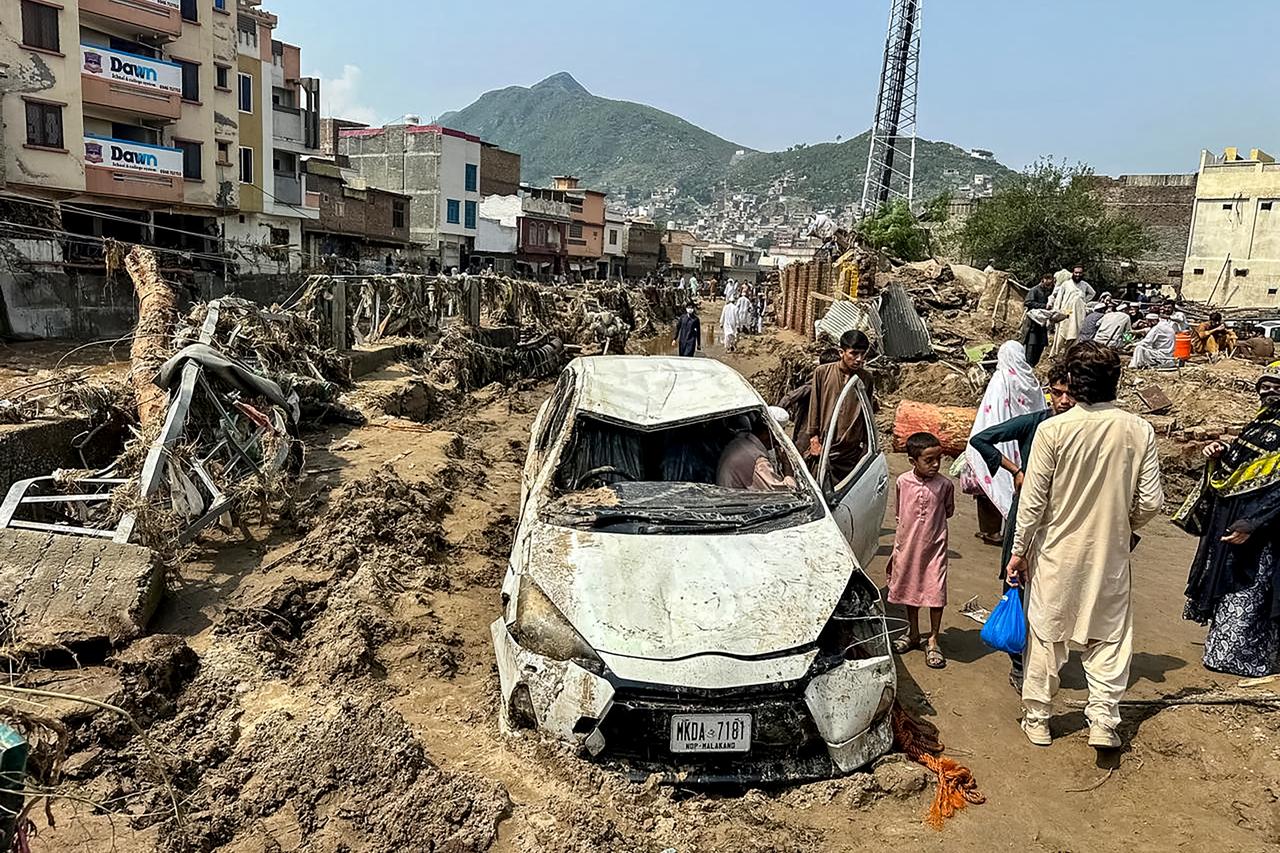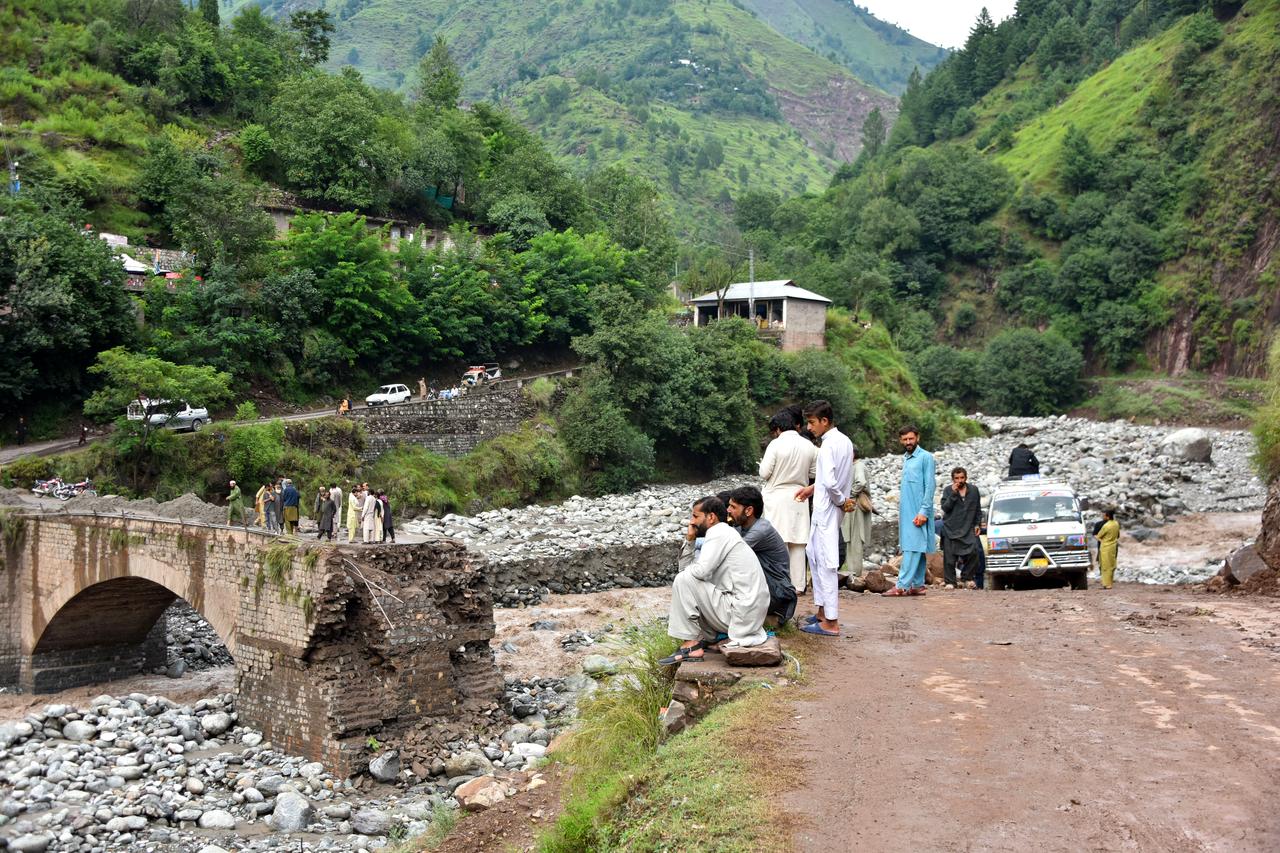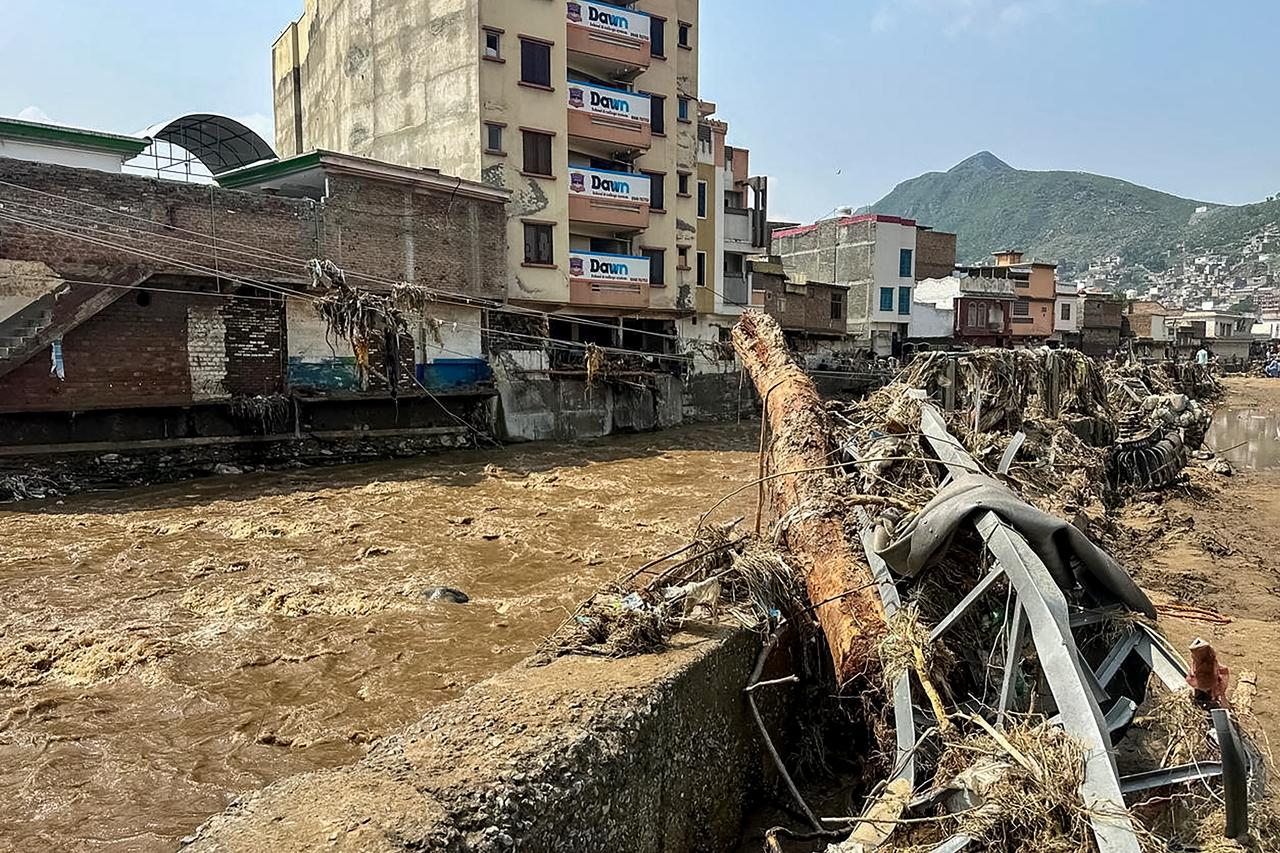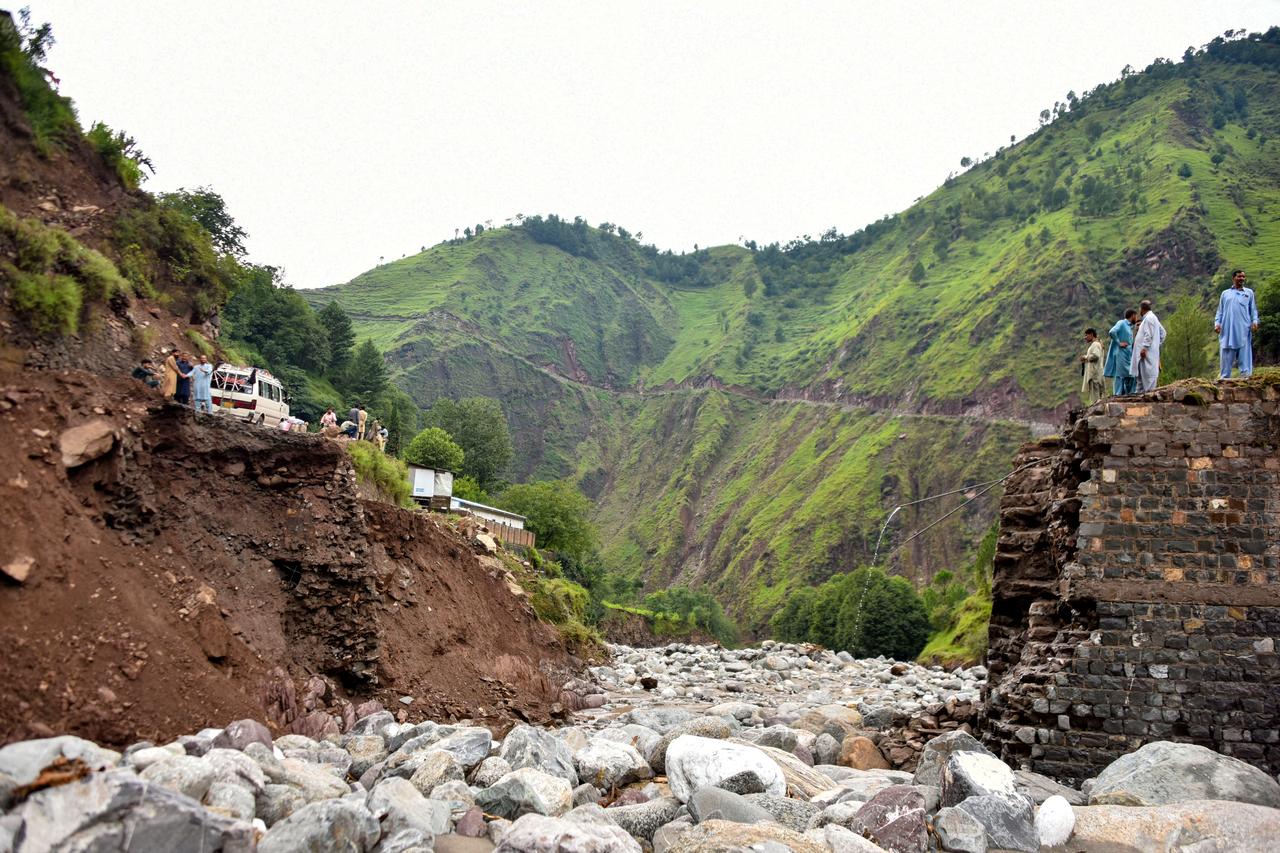
The death toll from devastating flash floods and landslides caused by heavy monsoon rains in Pakistan has risen to 321, authorities confirmed Saturday, as the Turkish Foreign Ministry extended condolences to the families of the victims.
Most fatalities occurred in the northwestern province of Khyber Pakhtunkhwa, where the Provincial Disaster Management Authority reported 307 deaths.
Five people were killed in Gilgit-Baltistan province, while nine others died in Pakistan-administered Kashmir, also known as Azad Jammu and Kashmir.

The ongoing severe weather has forced school closures in Azad Jammu and Kashmir on Saturday due to continued risks from heavy rainfall battering the territory. Dozens of houses have sustained damage across affected areas, while communication networks remain severed after mobile phone towers were damaged.
Rescue operations faced additional tragedy Friday when a helicopter carrying relief supplies to the cloudburst-affected Bajaur area crashed, killing five crew members, including two pilots, in Khyber Pakhtunkhwa.

The Turkish Foreign Ministry issued a statement on Saturday expressing deep sorrow over the loss of life from Pakistan's flood disaster. "We wish Allah's mercy upon those who lost their lives and extend our condolences to the people of Pakistan," the ministry said.
Heavy rain and cloudbursts caused widespread flooding throughout Khyber Pakhtunkhwa, according to Bilal Ahmed Faizi, spokesperson for the provincial rescue unit.
Rescue teams reported that heavy rain and a cloudburst triggered massive flooding in the Salarzai area of Bajaur district early Friday, washing away several houses.

Authorities have relocated numerous residents to safer locations due to ongoing rains and landslides in Khyber Pakhtunkhwa and the Gilgit-Baltistan region.
The National Disaster Management Authority warned of additional monsoon rainfall expected from Friday through Sept. 10.
Officials also cautioned that rising temperatures have accelerated snow and glacier melting across high-altitude regions, increasing water flows in rivers.
Monsoon rains typically last from June through September and often cause widespread destruction across South Asia, but climate change has increased their unpredictability and intensity in recent years.